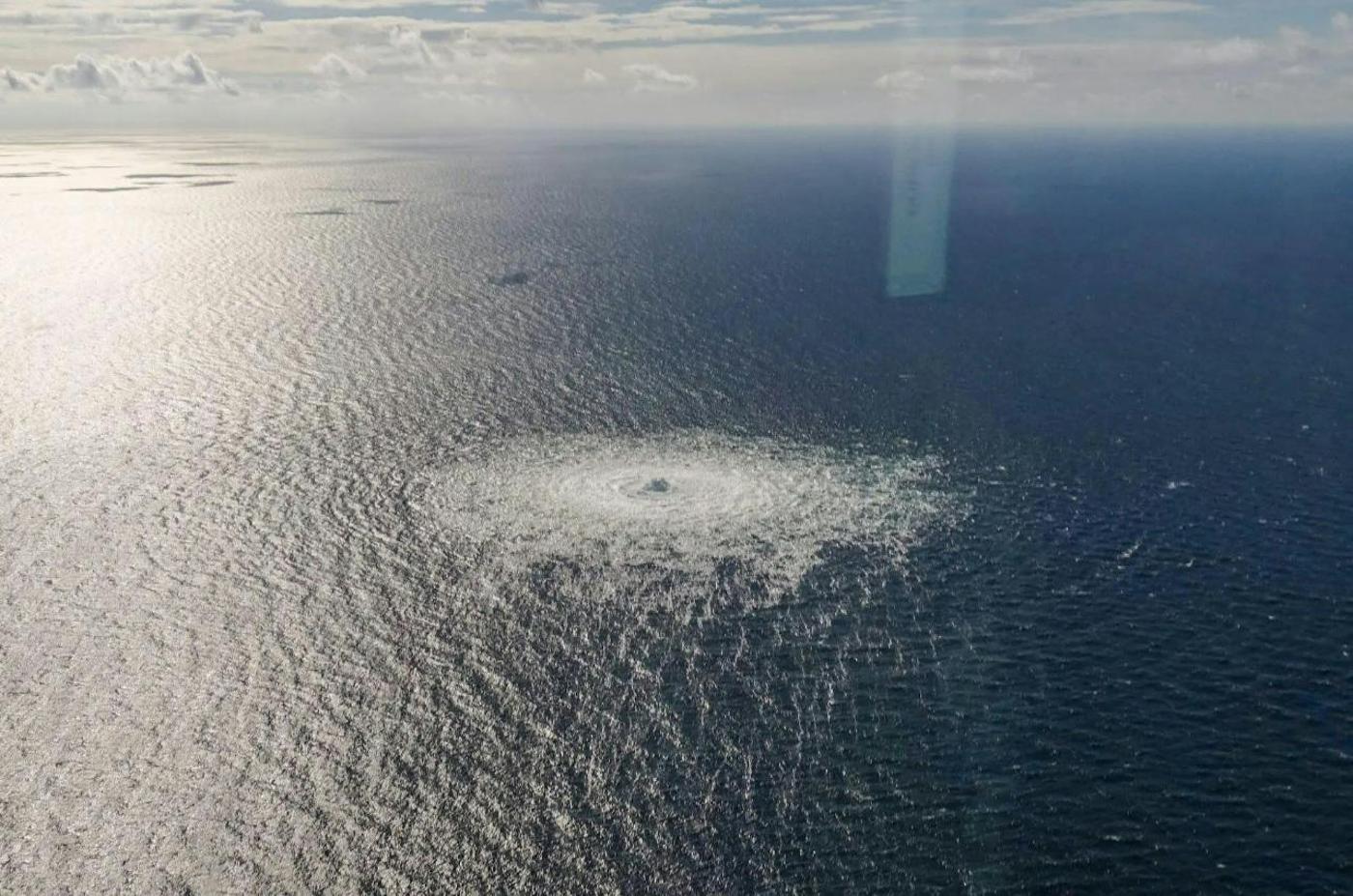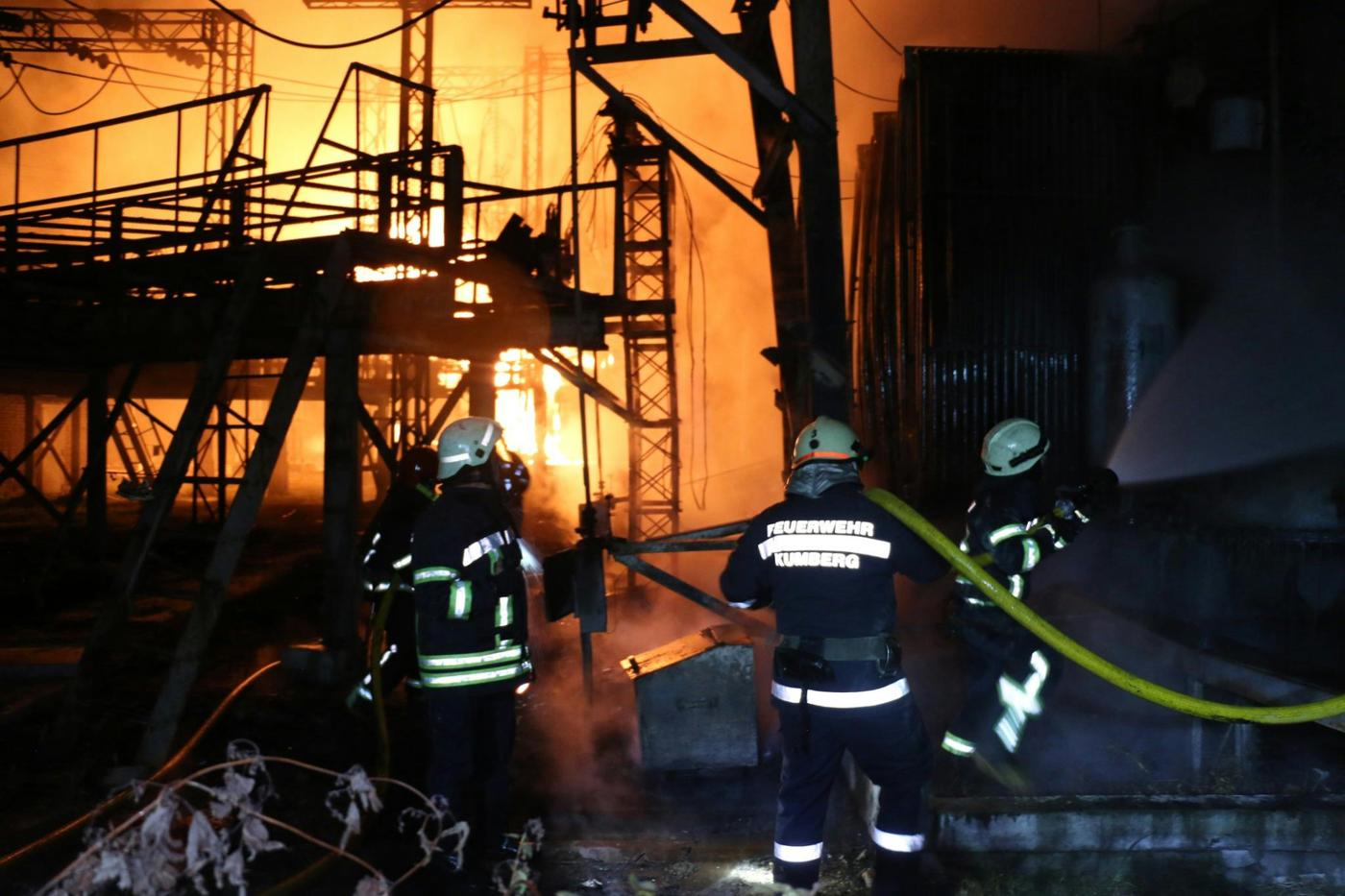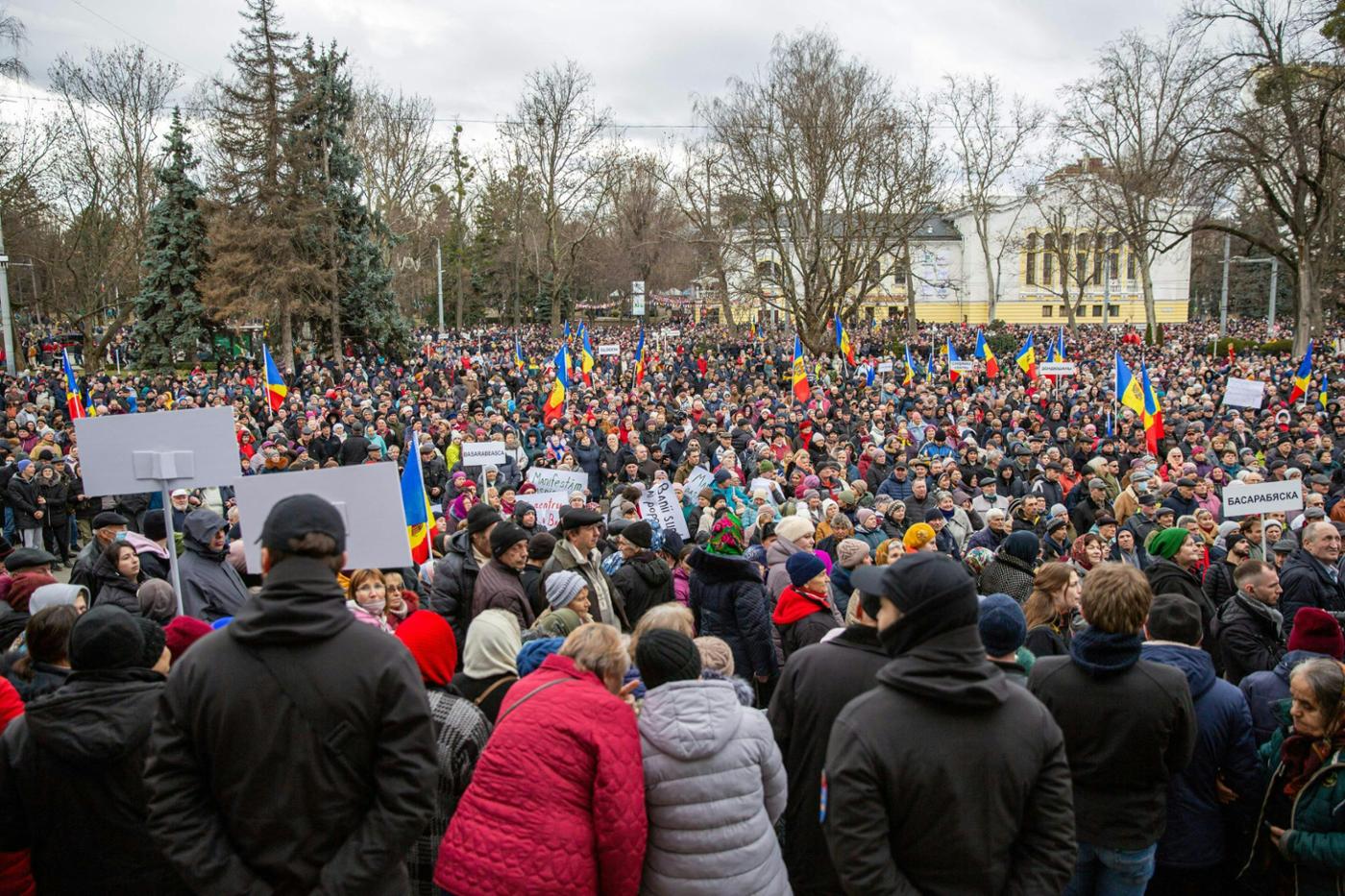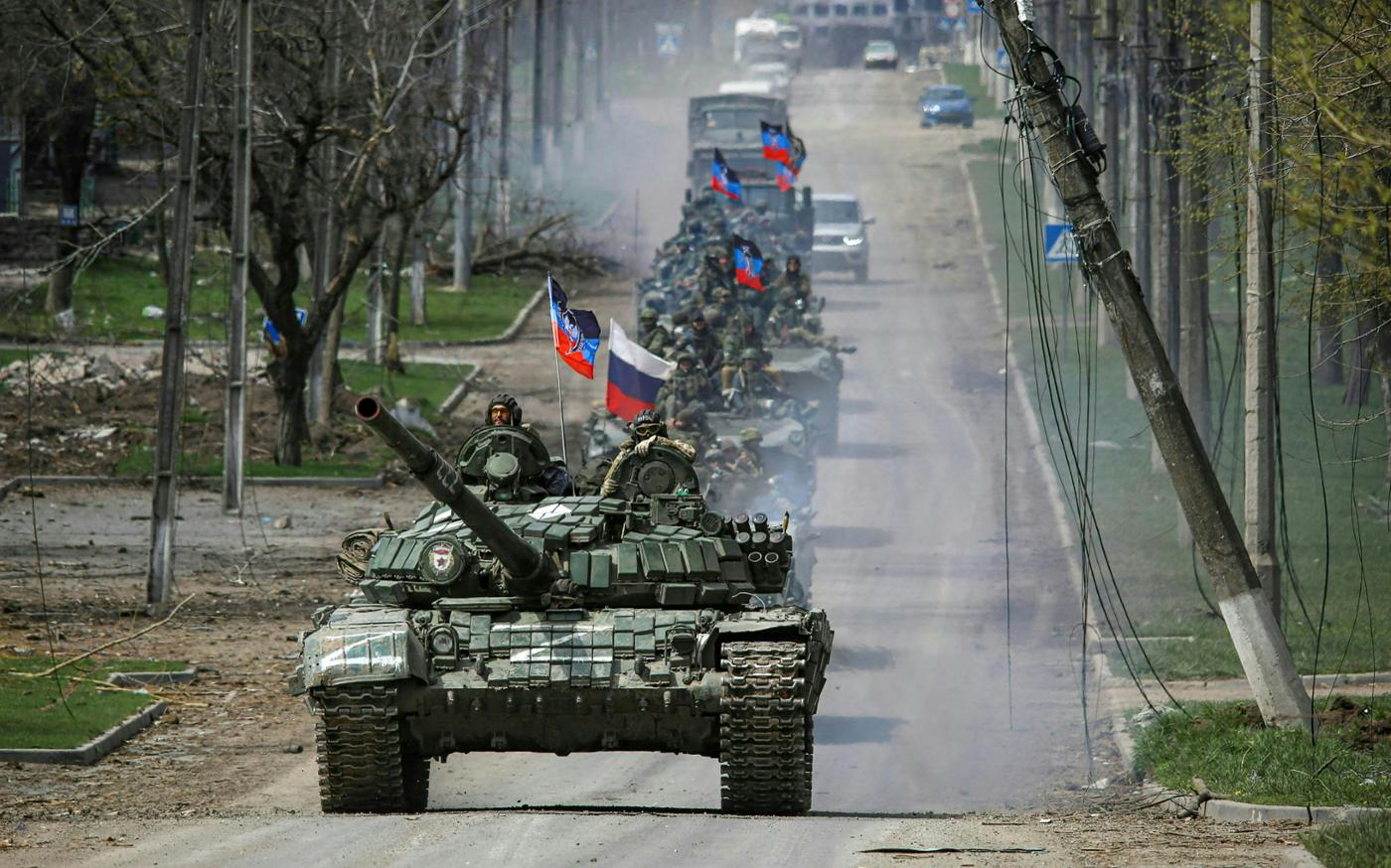In an article previously published on NATO Review, I explained that the nature of modern warfare is changing at a rapid pace. Consequently, wars are no longer merely about kinetic operations. This means that it is not just physical warfare, but also non-military strategies and tactics that define modern-day conflicts and wars.
What has also become commonplace is that kinetic operations - which by themselves have become increasingly complex - are combined with non-military strategies aimed at undermining the security of an antagonist. The combination of military and non-military instruments and strategies is done not randomly but in a synchronised way to achieve synergistic effects. In other words, it is this synchronised fusion that optimises the results.
The bottom line is that a particular country can potentially unleash physical force against an adversary to achieve certain goals. But if the use or threat of conventional or unconventional force is combined with and/or preceded by a degree of subversive tools such as cyber-attacks and disinformation, the overall damage inflicted on the antagonist can be optimised.
Despite state-driven hybrid warfare entailing a systematic integration of military, political, economic, civilian, and informational tools, it often plays out in grey zones below the threshold of a conventional war. In these grey zones, the military instrument is used unconventionally and innovatively to avoid attribution, responsibility, and sometimes even detection. So a hostile state can employ non-state actors or a non-attributable military force (like the “little green men”) in a clandestine war to deny involvement, but at the same time achieve strategic objectives.

An actor of hybrid warfare can employ non-state actors or a non-attributable military force - like the “little green men”, who have been linked to the Nord Stream 2 pipeline sabotage in 2022 - in a clandestine war to deny involvement but achieve strategic objectives. Pictured: a leak from the Nord Stream 2 pipeline, September 2022. © Swedish Coast Guard
In this article, we will take the discussion on hybrid warfare further by posing a question that has become not only relevant but also critical amid recent international conflicts: how is Russia fighting a hybrid war against the West? We try to understand its facets and implications, as well as the logic behind Russia’s strategy to undercut the security of Western powers.
Russia’s hybrid war – myth or reality?
One of the core facets of the common tools that states conflate to unleash hybrid warfare, such as non-state actors, political assassinations, espionage, cyber-attacks, electoral interference, and disinformation, is that there is ample room for plausible deniability – and there is often little evidence to establish culpability. Not all actions are disowned – sometimes aggressive posturing requires taking responsibility for one’s actions, but escaping culpability often offers strategic dividends. So when it was politically and strategically expedient to disown the "little green men” who invaded parts of Crimea in 2014, Russia did so (for a time).
The instruments or tools employed and fused together to unleash hybrid warfare are often difficult to discern, attribute, and corroborate. Proving that a certain non-state actor receives state patronage or linking cyber-attacks to a state is a daunting task. Nevertheless, in recent years, a number of hybrid attacks have been attributed to the Kremlin. Public evidence confirming Russian interference in the 2016 US presidential elections, and the admission by President Putin that Wagner was financed by Russia are two cases in point.
Hybrid warfare seems to have become an integral part of Moscow’s policy vis-à-vis the West. With the rising relevance and efficacy of non-state actors as well as the advent of new technologies like autonomous weapons, hybrid warfare below the traditional threshold of war has become possible. States sometimes do not even have to create or cultivate non-state actors because transactional relationships with existing groups can do the job. For instance, at one point, intelligence reports suggested that the Russian military covertly offered bounties to Taliban-linked militants for targeting coalition forces in Afghanistan. Meanwhile, new technologies allow states to use force from a distance and deny involvement. Drone strikes and attacks on critical infrastructure are good examples of this.

A Russian rocket strike hits a critical power facility in Kharkiv, Ukraine, prompting blackouts across the region, 11 September 2022.
© Reuters / Cover Images
Russia’s hybrid warfare has been in full swing in recent years, but it did not evolve overnight. Top Russian officials started calling for a comprehensive security doctrine around a decade ago. Russia’s Chief of the General Staff, General Valery Gerasimov suggested in 2013 that the country’s security policy needed to adapt to the changing nature of conflicts. In an article that has been widely scrutinised in Western policy circles, Gerasimov highlighted the growing role of non-military means for achieving political and strategic objectives.
Gerasimov referred to not only automated, robotic, and artificial intelligence tools in armed conflict, but also to the use of asymmetric actions and information spheres in offsetting an enemy’s advantage. Such asymmetric actions range from guerilla warfare to terrorist attacks, and from the creation and stoking up of mis-/disinformation to direct state propaganda coupled with proactive diplomacy. When an antagonist enjoys superiority in terms of its capabilities, a state can employ a combination of these tools to undercut an adversary’s advantage. The late head of the Russian Academy of Military Sciences, General Makhmut Gareev, had argued that one of the lessons that Russia could draw from the 2014 invasion of Crimea was to perfect the use of soft power, politics and information to achieve strategic goals.
Both Russian officials were essentially highlighting the need to develop a strategy that could truncate the power asymmetry between the Western powers and Russia. They understood that Russia did not, by any means, have the military capability or economic resources to be on par with the Western powers, but the extensive integration of non-military means with kinetic power could reduce, if not nullify, this power differential.
Russia’s military doctrines of 2010 and 2014 also referred to the integrated use of military and non-military resources and means. These did not explicitly mention hybrid warfare as a model, but a critical look at Russia’s security policy reveals that the non-military means have not only been employed extensively in recent years but have also been used to complement hard power. There are several examples that illustrate this combination, including fanning disinformation, sponsoring non-state actors in Russia’s European neighbourhood and beyond, launching cyberattacks, interfering in the electoral processes of Western countries, and using energy as a weapon.
The employment of such tools diminishes the power asymmetry between two states in a number of ways. The target’s decision-making process may be damaged because a non-attributable force has conducted the hostile action, or there is plausible deniability on the part of the aggressor. Polarisation may be deepened on state and societal levels due to disinformation. Certain actors and narratives that align with the aggressor’s objectives are supported and expanded. The lack of military means to offset the target’s hard power superiority is partly offset by other kinds of leverage like energy (and even food supply). These are just a few examples.
Russia’s modus operandi
As alluded to earlier, military involvement can also be indirect, with armed non-state actors playing a crucial role in modern conflicts. For instance, in order to scuttle Moldova’s bid to join the European Union (EU), Moscow combines military presence in the eastern part of the country with non-military hybrid strategies. These non-military strategies include patronising anti-EU groups, leveraging energy supplies to the detriment of the Moldovan people, and fanning disinformation through local groups as well as on social media. It goes without saying that Moldova is a target because it desires full integration in the European bloc. In Moldova, Russia’s hybrid warfare has been aimed at toppling the country’s pro-EU government.

In Moldova, Russia’s hybrid warfare has targeted the country’s pro-EU government. Pictured: protests against the Western-oriented government of Moldova, September 2022. © CNN
Meanwhile, the goal in Syria has been to consolidate the control of the pro-Russia regime of President Bashar al Assad. The direct military involvement of Russian forces has been more widespread in Syria because the situation permits this. Military operations have been fused with support for armed militants, propaganda and disinformation, diplomacy and economic statecraft, and political influence. The overarching goal in Syria has been to not only expand Russian influence in the Middle East but to capitalise on this to hurt relations between Middle Eastern and Western countries.
The case of Syria clearly shows that Russia’s hybrid war against the West goes far beyond the geographical boundaries of European or Western countries. Another example of this is Russian hybrid warfare in Africa, designed to undermine Western influence on the resource-rich continent. In the Sahel, Russia capitalised on deteriorating relations with Western powers and perpetrated anti-Western sentiments by expanding its footprint. In countries like Mali and Central African Republic, Russia has been providing security assistance, diplomatic support, and help with information operations. One target is building global influence; another is undercutting Western interests. Both go hand-in-hand for Moscow.
It is often difficult to fully diagnose an active or recent hybrid threat. For instance, when France’s TV5Monde came under a fierce cyber attack in 2015, the Islamic State militant group was initially deemed responsible. It later transpired that the attack was perpetrated by a Russian hacker group, which posted jihadist messages on the network’s website and social media pages to sow discord and confusion.
Returning to the issue of Russia’s interference in the 2016 US elections, the implications were far-reaching. One of the defining outcomes was a contribution to the mainstreaming of right-wing populism in the US, which the country is still dealing with. Right-wing populism can create a crisis of legitimacy for state institutions whereby trust in those who govern becomes eroded. In recent years, right-wing populism has been pitting people against state institutions, political and economic leaders, the mainstream media, as well as certain minority groups such as migrants. As right-wing populism contributes towards and intersects with declining trust in mainstream media, disinformation can be employed to create security woes within target states. Russia strategically uses disinformation to achieve political and strategic goals.
It is worth mentioning that digital and social media are breeding grounds for disinformation, and Russia brings that into its strategic calculus. EUvsDisinfo maintains a database of tens of thousands of online disinformation samples purportedly linked to the Kremlin. In 2021, a Facebook report revealed that Russia was the top source of "coordinated inauthentic behavior" internationally. The online disinformation campaign to derail the 2023 NATO Summit is a pertinent example of how Russia targets an actor it sees as its nemesis. Since NATO is paramount to Western security, it is a recurring target of Russian online disinformation, as EUvsDinfo documents. Such disinformation is based on not only fabrication, but also distortion, like the campaign that spun NATO’s preparedness in Eastern Europe post-2014 as aggression, even though it was a corollary of Russia’s illegal invasion of Crimea. The narrative is methodically twisted to invert the cause and effect.
Russian online disinformation banks on state-sponsored sources and pro-Moscow groups acting in tandem to amplify false and misleading narratives, which are spread in multiple languages to play out globally. Disinformation peddled by Russia is sometimes very effective. Serbia, for instance, has strong political and economic ties with Western Europe, but most Serbians view Russia as the country’s closest partner and its “greatest friend”. A key reason is the narratives promoted by Russian news outlets like RT and Sputnik, which dominate the Serbian traditional and digital media landscape. Such narratives demean Western Europe and the US, while eulogising Russia and China. Russia-sponsored disinformation has paid similar dividends in the non-Western world as well. Disinformation geared towards driving a wedge between Africa and the West contributes towards a lack of consensus over and support for Ukraine on the continent.
Method behind the madness?
Moscow sees itself fighting a long war against what it deems a Western hegemony. It is in this context that Russian President Putin terms “Western elite” the enemy. What exactly he means by Western elite is kept ambiguous, perhaps for political expediency, but his ultimate nemeses are clearly the US and European powers who lead the global political and economic order.
Moscow’s hostility towards the West is just the tip of the iceberg. In terms of a grand strategy, Moscow, under President Putin’s leadership, desires a return to the power balance of the past wherein the Soviet Union was a superpower and could thus define the rules of the international order on a global level. But Moscow realises that it structurally cannot find much space in the international political order, which places a premium on values like freedom and democracy – ideals that are extremely limited in Russia. So the international order ought to be redefined in a bid to (re-)establish Russia’s ascendency over global politics and economy. This is apparent within the Primakov Doctrine – so-called for former Foreign and Prime Minister Yevgeny Primakov. The Doctrine posits that Russia should aim to establish a multipolar world so that the global order cannot be defined by a single power or pole. It is for this reason that Moscow aims to undercut what it views as Western power and Western influence around the world.
The biggest obstacle for Russia is that it has neither the hard power nor economic influence to be able to achieve this grand goal. Perhaps the Kremlin believes that its hybrid warfare toolkit can help it find a way around this issue. The idea is two-fold: enhancing Russia’s power capabilities through an integration of military and non-military means, and exploiting and exacerbating the internal vulnerability of Western powers. The goal is clear: truncate power asymmetry between Russia and Western powers in order to triumph over them.

An armoured convoy of pro-Russian troops in the southern port city of Mariupol, Ukraine, on 21 April 2022.
© Chingis Kondarov / Reuters
Despite Russia fighting an aggressive hybrid war in recent years, defeating Western powers seems to be a far cry for now. This is because hybrid warfare can reduce but not completely offset the power asymmetry between the Western powers and Moscow, given Russia’s limited military and economic capabilities. Western powers have also worked to enhance their resilience after the invasion of Ukraine, while Russia looks internally unstable. Does this mean that Russia’s hybrid war against the West has failed so far? Perhaps not entirely. It has managed to achieve some of its primary objectives, particularly in terms of undermining Western strategic influence and political power on a global scale. The expanding Russian footprint in the Middle East and Africa at the cost of declining Western influence is an example of this. Russia’s hybrid warfare has also contributed to deepening political polarisation within and between Western countries. This is worrisome.
What Western powers must do now is pursue concerted efforts to surmount all components of Russia’s hybrid war in a meticulous manner. This is not solely warranted by the ways in which Russia puts Western security in jeopardy, but also serves as preparation for the potential future exploitation of vulnerabilities by China.
Conclusion
With modern warfare changing in terms of its core facets, conflicts are much more than the employment of direct, physical force. They are increasingly marked by sophisticated hybridity. For Russia, this means a lot in relation to its strategic calculus and compulsions. Like virtually all countries in the world, Moscow understands that it ought to upgrade, expand, and diversify its toolkit to include non-kinetic tools – in its case, that includes tools like economic statecraft and disinformation – to complement military instruments and tools, which themselves are used more innovatively.
Considering Moscow’s aggressive ambitions, hybrid warfare is not only attractive but also a strategic compulsion for Russia owing to its conspicuous power asymmetry vis-à-vis the West. Russia’s military budget and technology, as well as the size and diversity of its economy, are not even comparable to the wide-ranging capabilities of the Western powers. Hybrid warfare allows Moscow to reduce—if not offset—this power imbalance to confront what it considers its enemy rivals.
The key tools that Russia has employed in pursuit of its hybrid warfare against Western countries include the politicisation/weaponisation of energy, the employment of non-state actors and non-attributable forces, support for pro-Russia and Russia-leaning actors, an extensive use of disinformation, and election-meddling. These are synchronised in a systematic way.
The extent to which Russia’s hybrid warfare enables it to achieve its grand objectives against the West remains to be seen. So far, Russia has undermined Western security to some extent, but it has certainly not stopped Western powers from shaping politics, economy, and culture in a democratic way on the global level. Nevertheless, considering Russia’s limited military and economic capabilities, its hybrid tactics have allowed it to act “bigger” than it is. Western states must recognise this and consider a thought-out plan to decisively respond to Russia’s strategies in a unified way.
